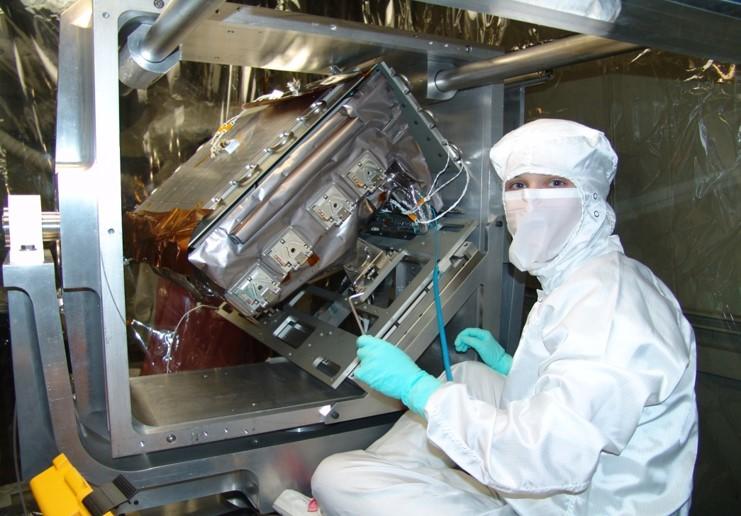Synchrotron Ultraviolet Radiation Facility
The NIST Synchrotron Ultraviolet Radiation Facility-III (SURF-III) is a third-generation electron “storage ring,” so named because electrons circulate in it for periods up to several days. As the electrons build up their velocity around the ring, the magnetic fields that guide them also increase their strength, resulting in a circular beam of electrons that travel in a loop of fixed size. As they move, these electrons release electromagnetic radiation that then travels along “beamlines” to experimental stations. These photon beamlines are used to calibrate light-detection sensors and how materials interact with light. They can also help calibrate satellite instrumentation used to monitor space weather and advance techniques for creating tiny devices for next-generation computer chips.
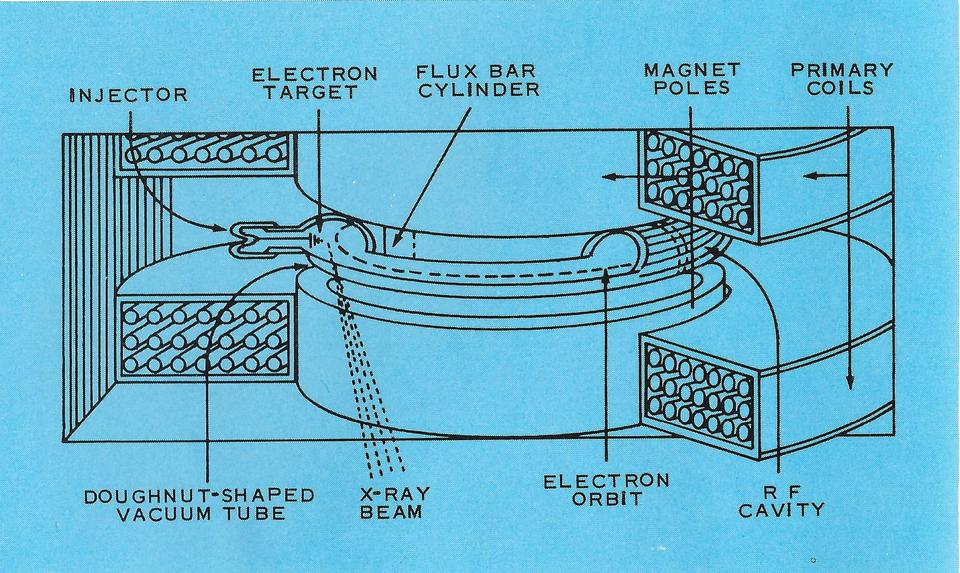
The first machine was installed at the old National Bureau of Standards (NBS, now the National Institute of Standards and Technology, or NIST) site in Washington, D.C.
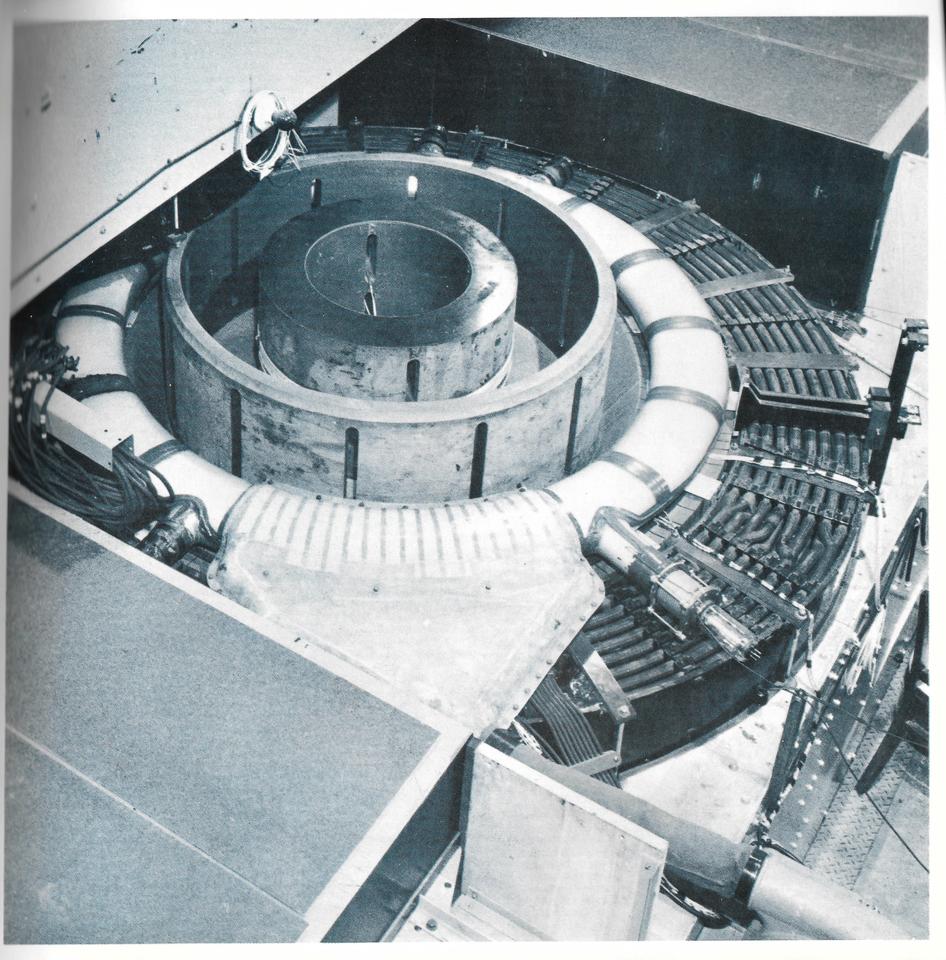
Significant upgrades to the facility were carried out in 1961, when it was moved to Building 245 on the new campus in Gaithersburg, Maryland. Additional upgrades occurred in 1974 and 1999.
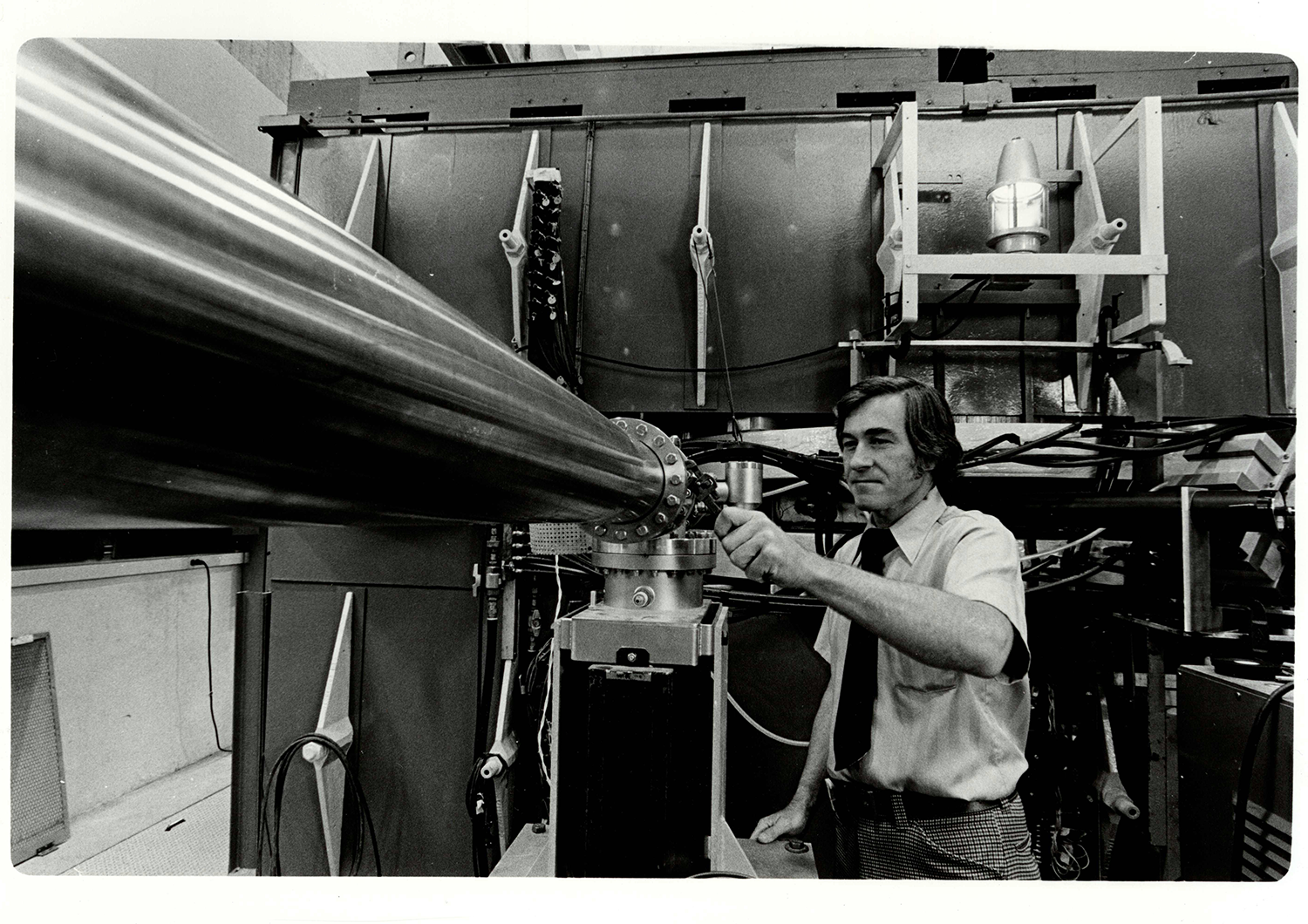
Nine beamlines are presently available to users from NIST and outside institutions.
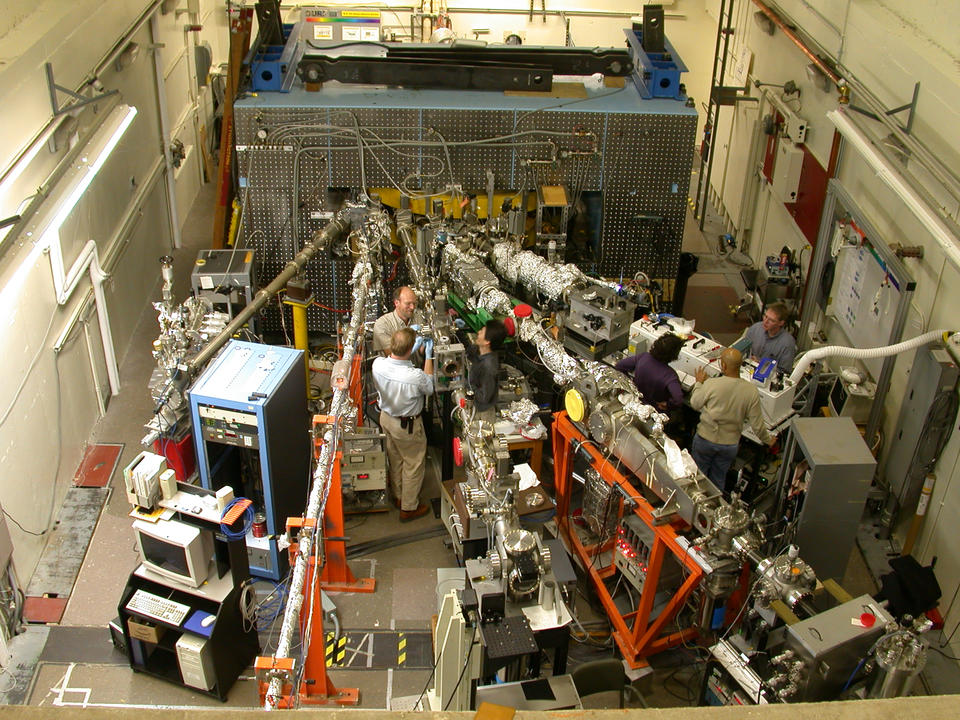
The continuous radiation from SURF-III is used as a national standard of spectral irradiance for industrial applications and fundamental research alike.
